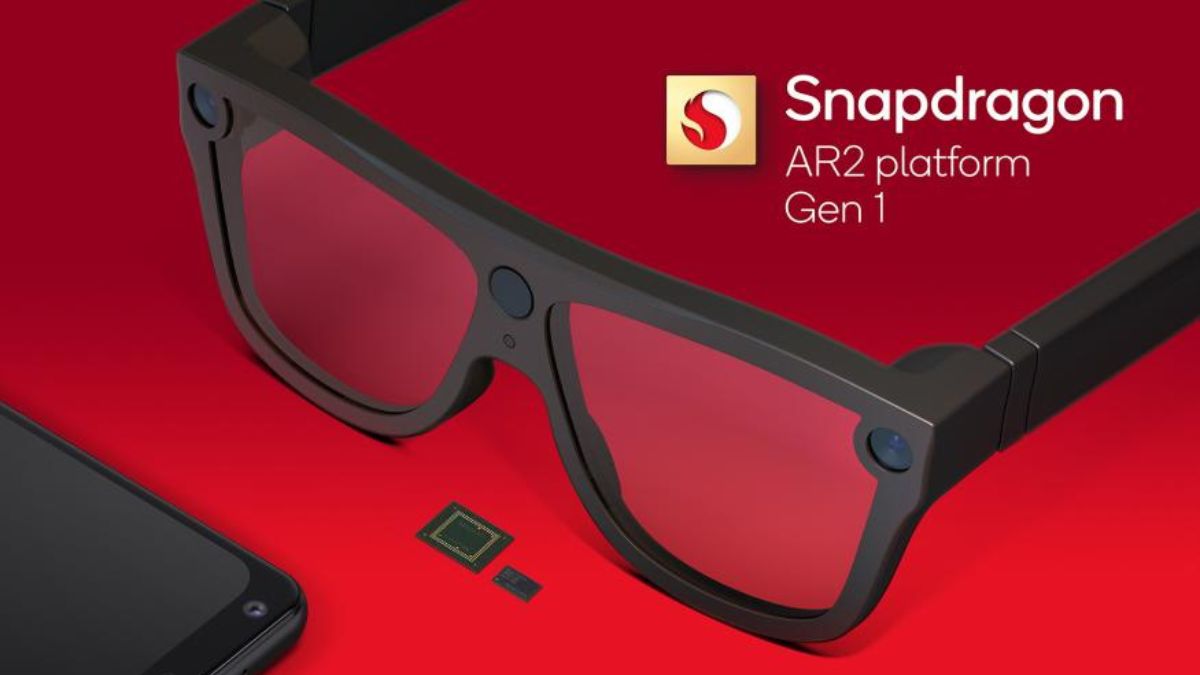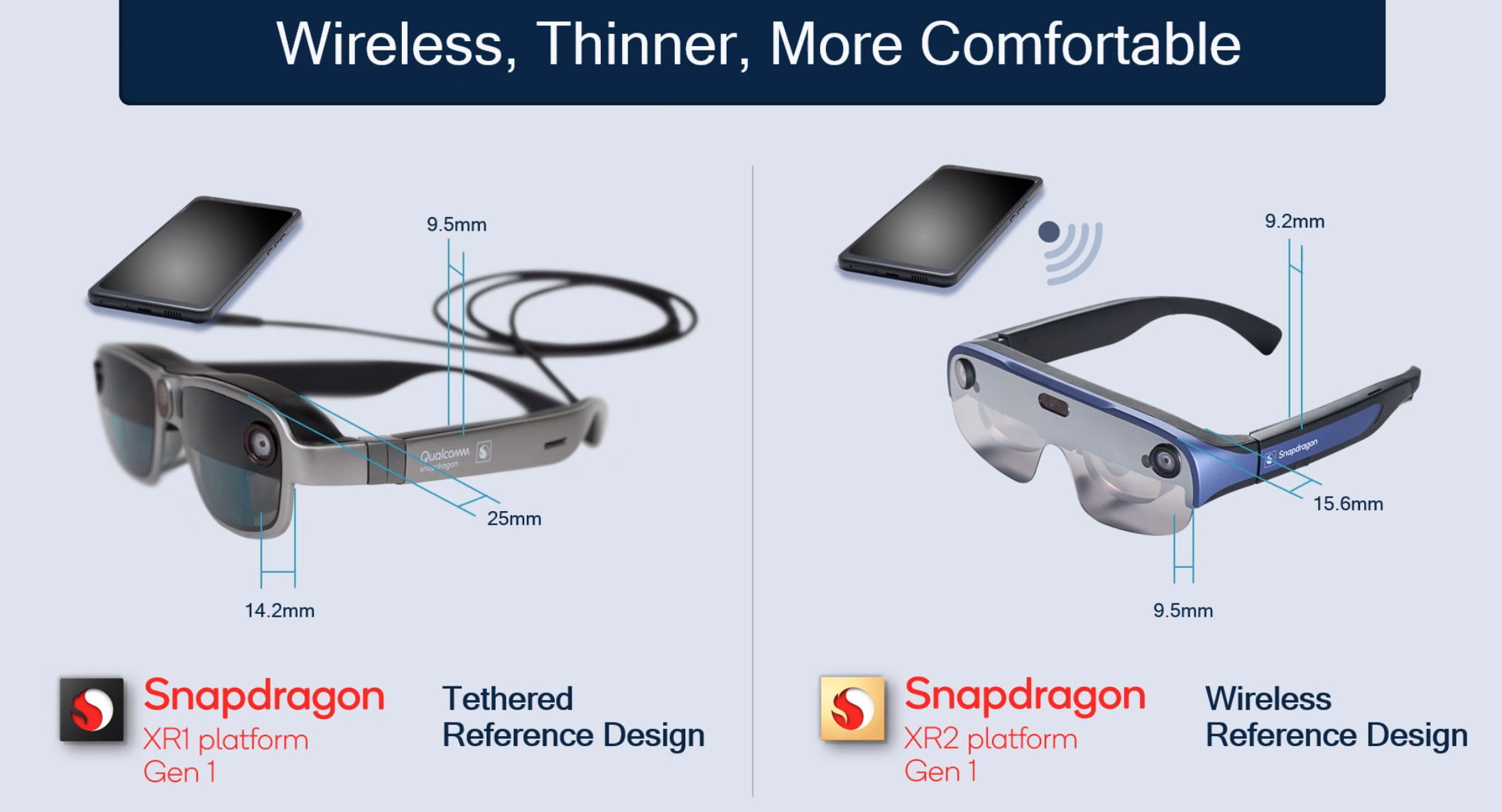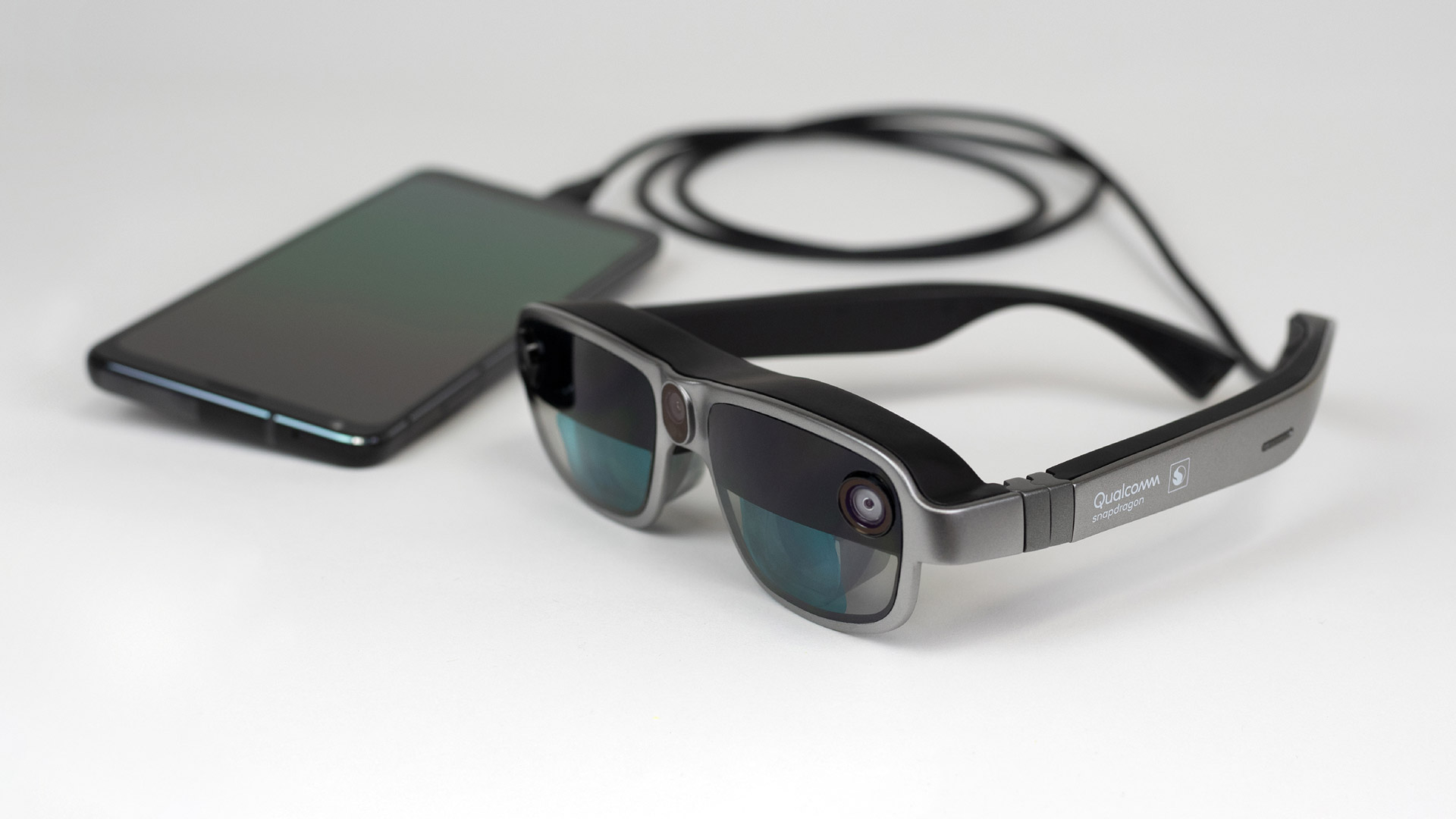
Samsung used to have a clear message about its OLE...
news-extra-space

 Image: The Verge[/caption]
According to Qualcomm, networking is also important. AR2 Gen 1 is one of the first platforms to facilitate WiFi 7, similar to the Snapdragon 8 Gen 2 in phones. This is critical not only for providing massive amounts of bandwidth for connecting to a handset (up to 5.8Gbps) but also for lowering latency (under 2ms to your phone, according to Qualcomm). When combined with processor and co-processor lag reduction, you should have a more organic and responsive experience.
AR2 Gen 1 hardware is in "various stages" of development at many well-known companies, including Lenovo, LG, Nreal, Oppo, and Xiaomi. Significantly, Microsoft was involved in the platform specifications. Don't be surprised if you find yourself using AR2 for virtual collaboration in Mesh, as well as other Microsoft apps and services in the future.
[caption id="attachment_63259" align="aligncenter" width="1920"]
Image: The Verge[/caption]
According to Qualcomm, networking is also important. AR2 Gen 1 is one of the first platforms to facilitate WiFi 7, similar to the Snapdragon 8 Gen 2 in phones. This is critical not only for providing massive amounts of bandwidth for connecting to a handset (up to 5.8Gbps) but also for lowering latency (under 2ms to your phone, according to Qualcomm). When combined with processor and co-processor lag reduction, you should have a more organic and responsive experience.
AR2 Gen 1 hardware is in "various stages" of development at many well-known companies, including Lenovo, LG, Nreal, Oppo, and Xiaomi. Significantly, Microsoft was involved in the platform specifications. Don't be surprised if you find yourself using AR2 for virtual collaboration in Mesh, as well as other Microsoft apps and services in the future.
[caption id="attachment_63259" align="aligncenter" width="1920"] Image: Qualcomm[/caption]
Qualcomm has also made significant improvements to its audio technology. The new S3 Gen 2 Sound and S5 Gen 2 Sound platforms promise to make the most recent listening technology more widely available, such as spatial audio with head tracking, lower latency for games, and the recent take on adaptive active noise cancellation.
Real-world products won't be available until the second quarter of 2023, but these chips have the potential to democratize features that were previously reserved for more expensive buds and headphones.
Image: Qualcomm[/caption]
Qualcomm has also made significant improvements to its audio technology. The new S3 Gen 2 Sound and S5 Gen 2 Sound platforms promise to make the most recent listening technology more widely available, such as spatial audio with head tracking, lower latency for games, and the recent take on adaptive active noise cancellation.
Real-world products won't be available until the second quarter of 2023, but these chips have the potential to democratize features that were previously reserved for more expensive buds and headphones.
Leave a Reply






